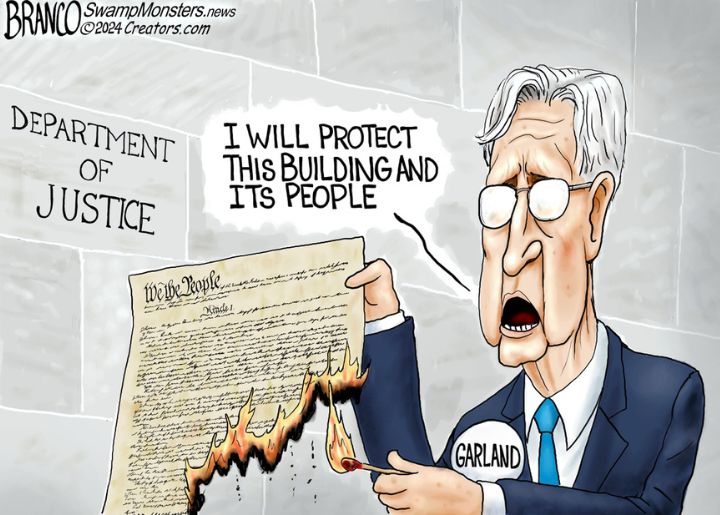One year of Inflation Reduction Act: Huge investment in clean energy.
One Year Later: Assessing the Impact of the Inflation Reduction Act
Wednesday marks a significant milestone since President Joe Biden signed the Inflation Reduction Act (IRA), a groundbreaking bill aimed at advancing the administration’s climate goals. This marquee legislation, which allocated $369 billion in new spending, has already shown promising results in accelerating renewable energy projects, boosting electric vehicle manufacturing, and driving electric adoption.
The Potential of the IRA
However, critics argue that the IRA could have unintended consequences, such as increased reliance on foreign countries like China, jeopardizing national security. They also express concerns about the rapid transition to renewable energy sources, which could impact the reliability of the nation’s power grids during peak demand or extreme energy events.
Despite these concerns, let’s take a closer look at the progress made in the past year and where the IRA funds have been allocated.
Expanding Clean Energy Manufacturing
Since the signing of the IRA, the private sector has announced over $110 billion in new investments to expand clean energy manufacturing projects. This includes plans for 83 clean energy manufacturing facilities across the country, encompassing solar, wind, and utility-scale storage projects. These investments are estimated to create 30,000 manufacturing jobs and add 185 gigawatts of new clean energy capacity within the next three years.
“Our nation has demonstrated in the last 12 months what the private sector can do when supported by innovation, strong capital markets, and America’s workforce,” said ACP CEO Jason Grumet.
However, it is crucial to address permitting and transmission improvements to ensure the continued integration of new clean energy sources into the power grid.
Driving Electric Vehicle Adoption
The IRA allocates $12.5 billion to extend and expand the electric vehicle tax credit program, incentivizing consumers to switch from gas-powered vehicles to electric ones. Currently, electric vehicles account for approximately 7% of all cars sold in the U.S., but a significant increase is necessary to meet the administration’s goal of 50% electric vehicle sales by 2030.
Additionally, $47 billion has been set aside for electric vehicle manufacturing and battery production. These funds have already been used to finance the construction of three new electric vehicle battery manufacturing facilities, creating thousands of jobs.
The Cost of Progress
While the IRA was initially projected to cost $369 billion, recent estimates suggest that the actual price tag could be two to three times higher. Analysts attribute this increase to higher-than-anticipated consumer interest in tax credits and subsidies, as well as the flexibility of subsidy usage.
Goldman Sachs estimates the value of IRA incentives over 10 years at $1.2 trillion, while the University of Pennsylvania’s Wharton School projects spending of around $1.05 trillion through 2032. These estimates highlight the significant investment required to achieve the IRA’s energy and climate-related provisions.
Assessing Public Opinion
Public opinion on the IRA remains divided. While some, like Lori Lodes, the executive director of Climate Power, celebrate the clean energy boom and the positive impact on communities and job creation, others express disapproval of President Biden’s handling of climate change. A recent poll revealed that over 70% of U.S. voters have heard little or nothing about the Inflation Reduction Act.
Republican Opposition
Republicans have criticized the IRA for potentially increasing reliance on foreign countries for electric vehicle materials and manufacturing. Former President Donald Trump and other GOP figures have vowed to reverse Biden’s clean energy policies, referring to them as “Green New Deal atrocities.”
Despite the opposition, the IRA remains a focal point in the Republican presidential primary campaign, with efforts to roll back clean energy spending from the legislation.
The Road Ahead
As the U.S. strives to achieve ambitious emissions reduction targets and reach net-zero emissions by 2050, numerous challenges lie ahead. The scale of this challenge is immense, and while progress has been made, there is still much work to be done to achieve real success.
One year after its enactment, the Inflation Reduction Act continues to shape the future of clean energy and climate action in the United States.
" Conservative News Daily does not always share or support the views and opinions expressed here; they are just those of the writer."





